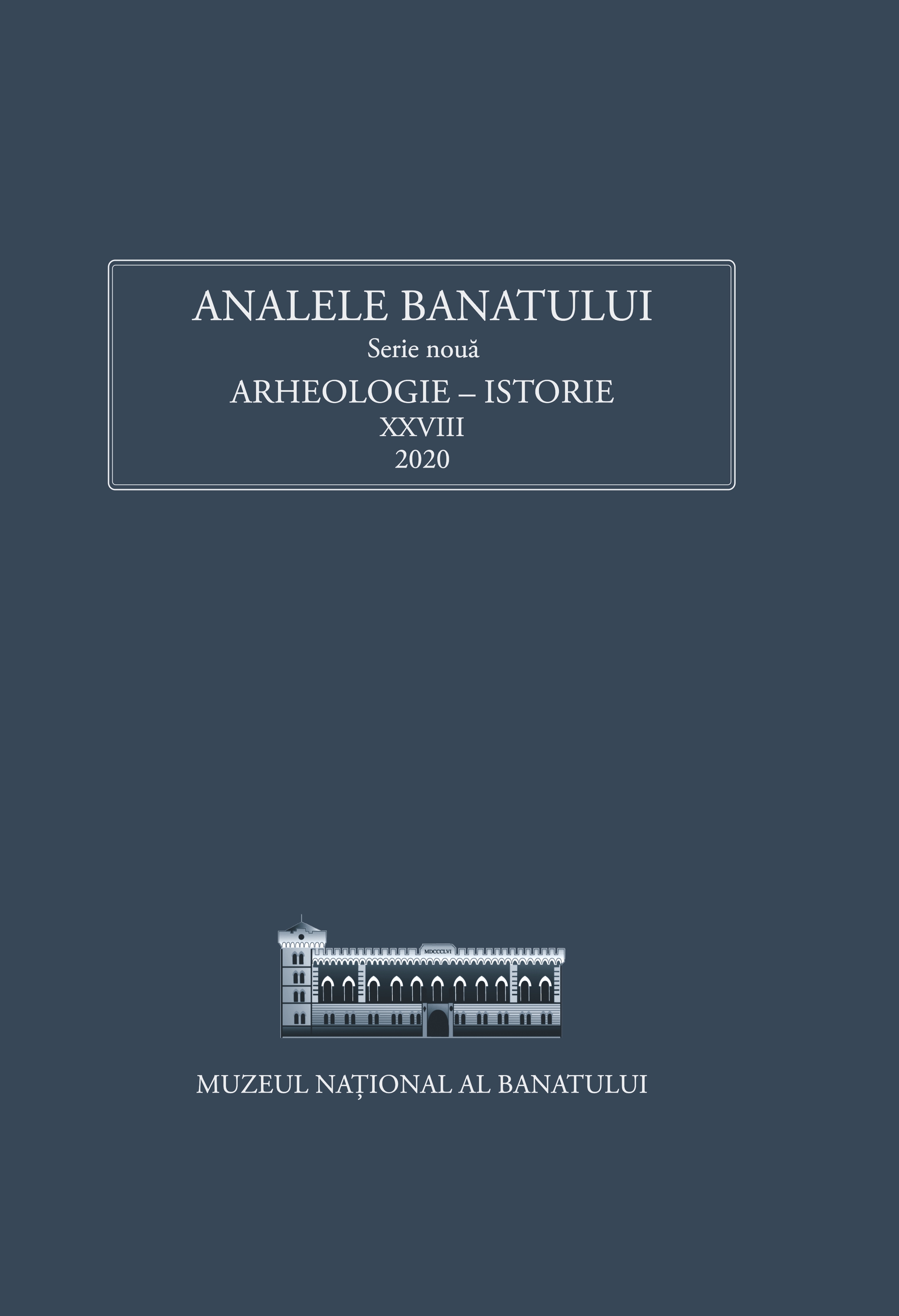Oase de animale din aşezarea neolitică târzie de la Uivar, județul Timiş. Eșantionul din S. XI
Animal bones from the late Neolithic settlement of Uivar, Timiș County. The sample from S. XI
Author(s): Georgeta El SusiSubject(s): Cultural history, Economic history, Local History / Microhistory, Ancient World
Published by: Editura Mega Print SRL
Keywords: Uivar; Vinča C; faunal remains; slaughter profiles; animal breeding; hunting;
Summary/Abstract: The article deals with the analysis of faunal remains from the late Neolithic habitation from Uivar-Gomilă, targeting the material from the trench (S.) XI. The site was investigated between the 1999-2009’s campaigns; based on radiocarbon data the Neolithic settlement functioned between 4950-4500 BC. About 44,000 animal remains were recovered and analyzed, they were assigned to Neo-Eneolithic, Bronze Age, Iron Age, Middle Ages and modern periods. The sample recovered from trench XI amounts to 7,957 bones, of which, 6,196 belong to the late Neolithic habitation (Vinča C), 371 to the Tiszapolgár level, 920 to the medieval period and 470 to the mixture layer. Of the Neolithic sample, 2,268 bones originate in the structures of some houses (floors, pits, foundation ditches) and 3,928 in the culture layer. Of the 2,268 clearly assigned bones, 1054 come from the 2nd and 3th layers (taken together according to archaeological data) and 1,214 from the 4th layer (Tab. 1, 2). The sample from 2nd layer comes from pillar pits, foundation ditches of two burned buildings, marked with F. 3172/3173, F. 3123a and from an adobe agglomeration (F. 3150). The sample from the 3rd layer was collected from an agglomeration of ceramics and bones (F. 3261), two garbage pits (F. 3214, F. 3219), and foundation ditches (F. 3321, F. 3328). The layers 2+3 provided 1,054 mammal bones, of which 342 belong to domestic species (50%) and as many to wildlife. Another 370 fragments represent ribs and flakes of long bones, not specifically assigned. According to the percentage distribution, cattle predominate with 29.1%, followed by red deer with 28.51%, the rest of the taxa have much lower rates. The pig totals 10.96%, the small ruminants 8.04%, and the roe deer, 9.06%. The wild boar totals 10.38%, the aurochs 1.17% and the dog 1.9%. The share of game is high (50%), with emphasis on red deer exploitation. Its high frequency can be linked, either to an increased density in the area, suggesting somewhat more wooded surroundings, or to a specialization in its capture; the exploitation of antlers was a significant component in domestic activities. It is possible that F. 3219, with a diameter of 2.2 m, to be a garbage pit, with a consistent filling (231 bones). The sample of the 4th layer comes from two burned constructions, F. 3208 (H2b-11) and F. 3123b (Tab. 2). It includes 1,214 bones, of which 1,045 come from pillar pits, foundation ditches and floor of F. 3208. Only eight remains were taken from building F. 3123b and 161 from outer space of the constructions. Statistics of the 4th layer indicate a prevalence of domestic taxa (53.75%) with emphasise on cattle breeding (26%). It is a fairly small percentage, but common to the settlement. Sheep and goats rank the second with 15.16%. The pig is quoted with 10.94%. Wild mammals total a high percentage of 46.25%, of which 23.13% is attributed to red deer. As a number of specimens, the roe deer dominates the wildlife spectrum, with 16.39% and 8.91% as fragments. The aurochs bones are few in this sector, the nine remains (1.41%) come from an adult. In addition, te mention leftovers from hare, badger, fox. About 3,928 mammalian bones come from the trench S. XI (no feature), of which 2,039 come from the layers 2+3 and 1,889 from the 4th layer (Tab. 3). The wild species have a high rate, of 52.94%, compared to 47.06%, that of domesticates. Among domestic mammals, pigs predominate with 18.23%, cattle registering only 15.27% and small ruminants, 12.31%. Among the hunted species, red deer rank the first with 18.72%, followed by roe deer with 15.76% and wild boar with 8.87%. The aurochs have a small contribution, 1.37%. The remaining taxa as wild cat, badger, marten, fox, dog, lynx total below 1%. To notice therefore, a diversified wild fauna illustrating different biotopes: wet surroundings with wild boar, beaver, pig; forested areas (forest spots) with red deer, wild cat, lynx, marten, badger, fox, wolf; open areas with roe deer, aurochs, hare. Similar percentages of the main taxa in the trenches S. I-III (presented on another occasion) are also found within S. XI. Specifically, a clear reduction of the bovines and small ruminants’ rates was found in the Vinča C2 level compared to Vinča C1 level. As well, the red deer is well represented, to the detriment of roe deer and aurochs. Hunting is diversified, with a high share, about 50%. The intensification of hunting, focused on red deer is manifested towards the end of the Vinča C2 habitation, suggesting a cooling of the climate, accompanied by an extension of the forested area. The wild boar rate keeps unchanged, around 10% throughout the Neolithic habitation; probably the humid environments with its specific vegetation along the watercourses was a characteristic of the site's surroundings during its function. The large-scale exploitation of the wild animals is a trait of the multi-stratified sites (tells) of the late Neolithic, reflecting a complex social organization . It seems that the faunal results from Uivar could be pretty well correlated with those of the Tisza sites, especially in terms of the large proportion of game, the modest share of pigs and to some extent that of small ruminants. Cattle seem to have a much smaller share in the local communities economy. Obviously there are also dissimilarities due to local and regional particularities, the ways of approaching the faunal samples, the size of the lots and so on.
Journal: Analele Banatului S.N. Arheologie-Istorie
- Issue Year: XXVIII/2020
- Issue No: 1
- Page Range: 11-37
- Page Count: 27
- Language: Romanian

